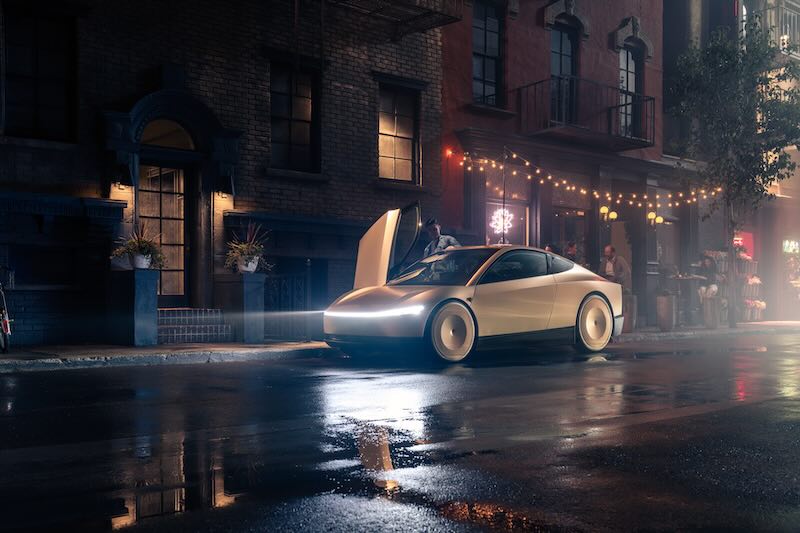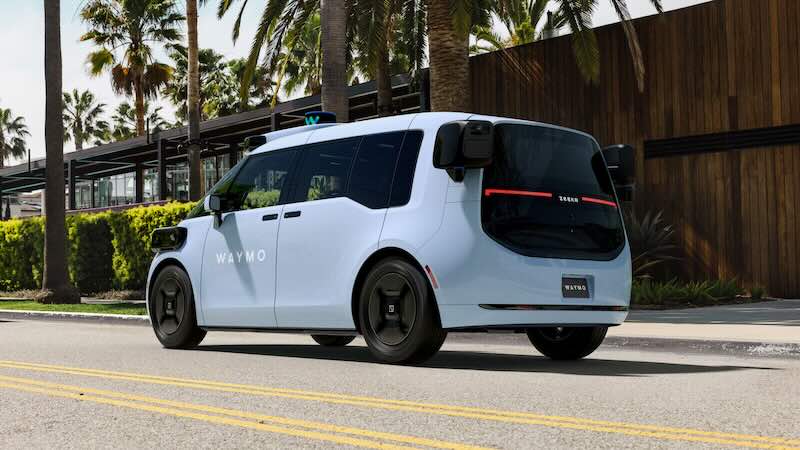The autonomous vehicle industry’s reached a fascinating crossroads where two fundamentally different approaches are battling for supremacy. Kyle Vogt, founder and CEO of The Bot Company and former leader of Cruise, Sat down to discuss the Tesla vs Waymo divide that’s defining the future of self-driving technology, check out the video. His insights reveal why this isn’t just about sensors—it’s about the entire philosophy behind building scalable autonomous systems.
According to Kyle, the industry’s obsession with LiDAR versus vision-only systems obscures the real technological divide. “One of the most significant—and possibly misleading—divides in this field is the debate between LiDAR and vision-only approaches,” he explains. Conversation shouldn’t focus solely on hardware choices but on the underlying software architectures that’ll determine long-term success.

Tesla’s CyberCab
Tesla’s betting everything on end-to-end deep neural networks, while Waymo’s built their foundation on traditional computer vision and conventional motion planning. Both companies have achieved remarkable milestones, yet they’re heading toward completely different destinations.
Tesla’s approach embodies what Kyle calls “extremely ambitious” self-imposed constraints. The company refuses to use premium sensors like LiDAR or millimeter-wave radar, demands seamless design integration, and targets a cost structure that’s one-tenth of typical Robotaxi systems. These limitations create significant engineering challenges, but they’re forcing Tesla toward truly scalable solutions.
“From the very beginning, Tesla’s entire engineering philosophy has clearly aimed at a long-term, scalable solution—and that’s admirable,” Kyle notes. Tesla vs Waymo comparison reveals how different constraint philosophies shape technological trajectories. While Tesla’s restrictions might slow initial deployment, they’re building toward mass-market viability from day one.
Waymo deserves recognition as the autonomous driving pioneer that successfully deployed classical approaches. Their traditional computer vision and motion planning systems operate safely on public roads today—an achievement that shouldn’t be underestimated. However, Kyle suggests this success creates its own problems.
The challenge? Waymo’s reliance on high-definition 3D mapping presents scalability issues. “Maintaining high-definition 3D maps of every inch of the world—and ensuring they’re always up to date—is an incredibly difficult task,” Kyle explains. Additionally, the iconic spinning LiDAR sensors—what some call the “KFC bucket”—aren’t practical for consumer vehicles.

Waymo’s 6th-Gen Driver
Despite their different starting points, both companies recognize that AI-native architectures represent the future. Waymo’s already begun shifting toward Tesla’s neural-network-based strategy, acknowledging that their current approach won’t scale globally. Tesla vs Waymo race isn’t just about who reaches full autonomy first—it’s about who can build systems that work everywhere.
Yet Waymo faces a unique dilemma: they’ve achieved operational safety with their existing system. “When you’ve achieved that level of operational safety, the last thing you want to do is introduce fundamental changes—because that carries significant risk,” Kyle observes. Success can become a constraint when it prevents necessary evolution.
Tesla vs Waymo divide illustrates broader questions about technology development timelines versus long-term sustainability. Tesla’s chosen the harder path upfront but aims for eventual simplicity and scale. Waymo’s achieved early deployment success but must navigate complex transitions while maintaining safety standards.
Neither approach is inherently superior—they represent different risk profiles and timeline preferences. Tesla’s betting on breakthrough moments, while Waymo’s building incremental improvements on proven foundations. Market will ultimately determine which philosophy delivers better results for consumers and investors.
Related Post
Tesla Robotaxi Launches in Austin with $4.20 Flat Rate – First Autonomous Rides Begin
Waymo Ambitious Robotaxi Fleet to Double with Magna Partnership
Tesla Robotaxi vs UBER: Former Executive Reveals Why CyberCab Will Transform Ride-Hailing
